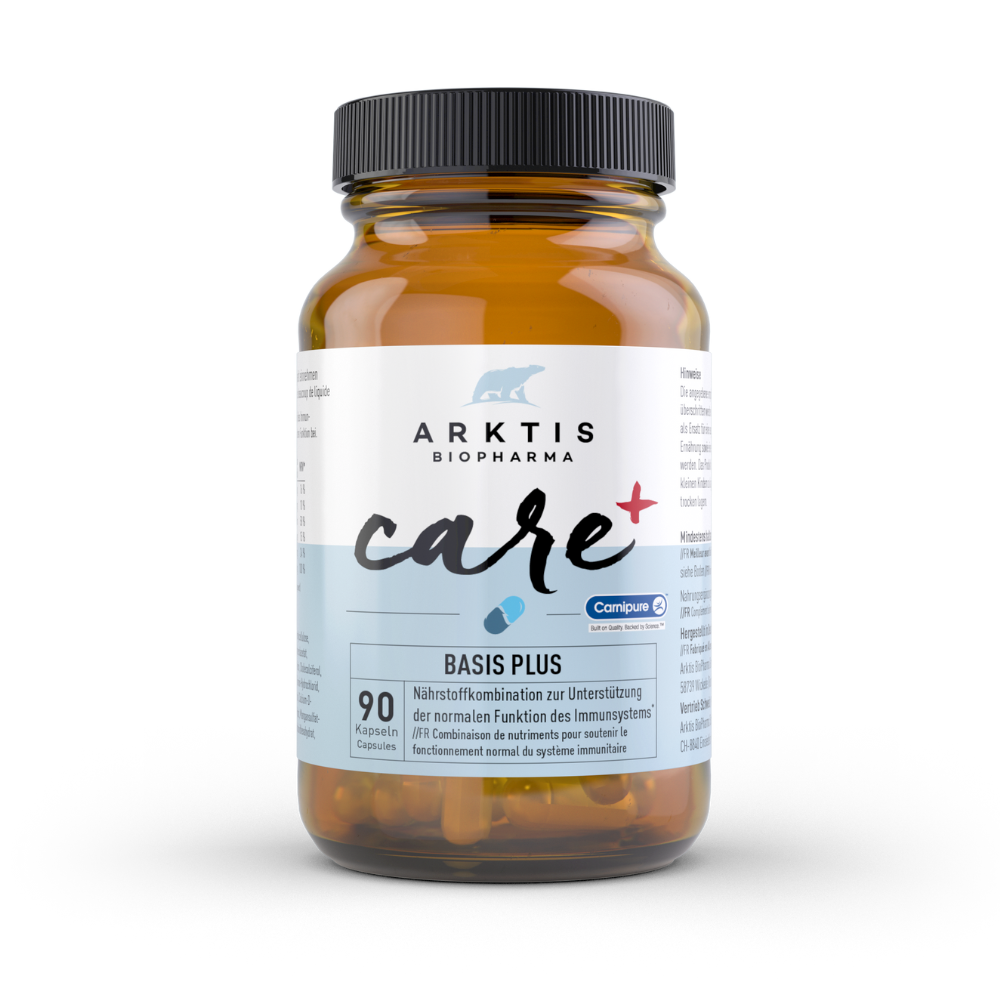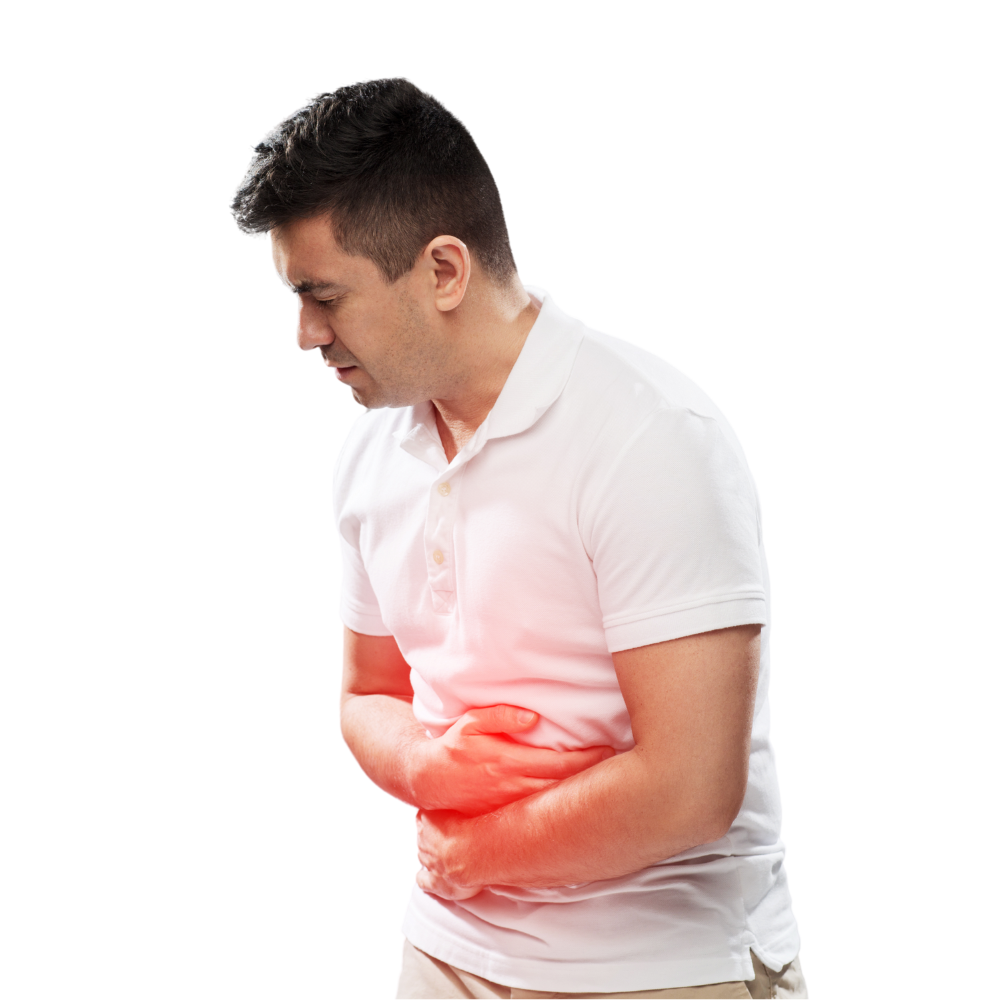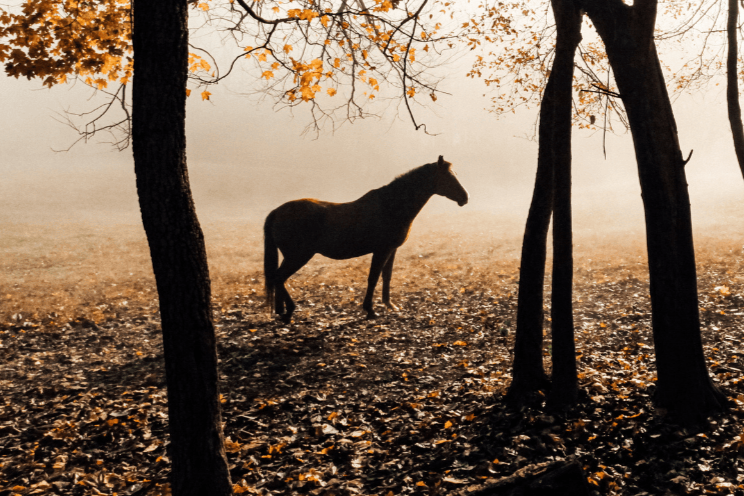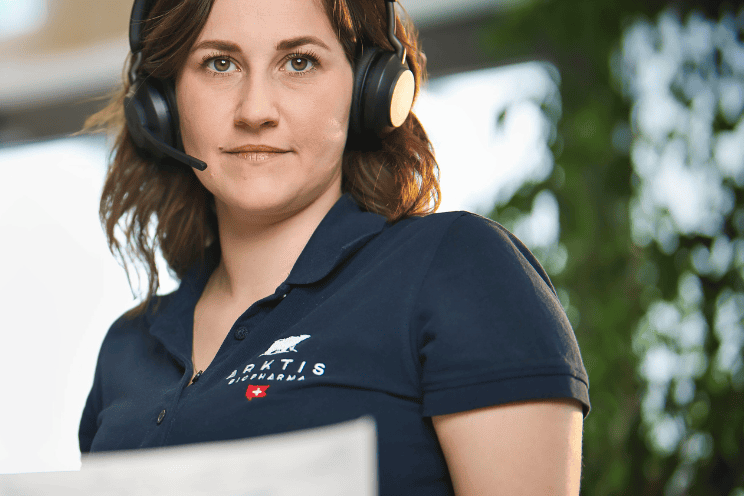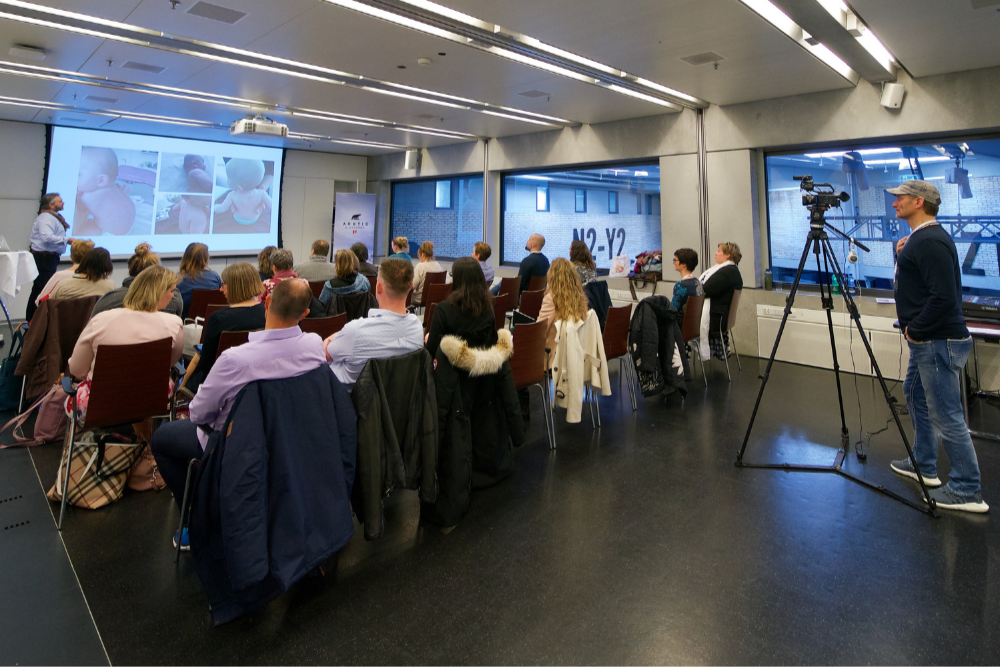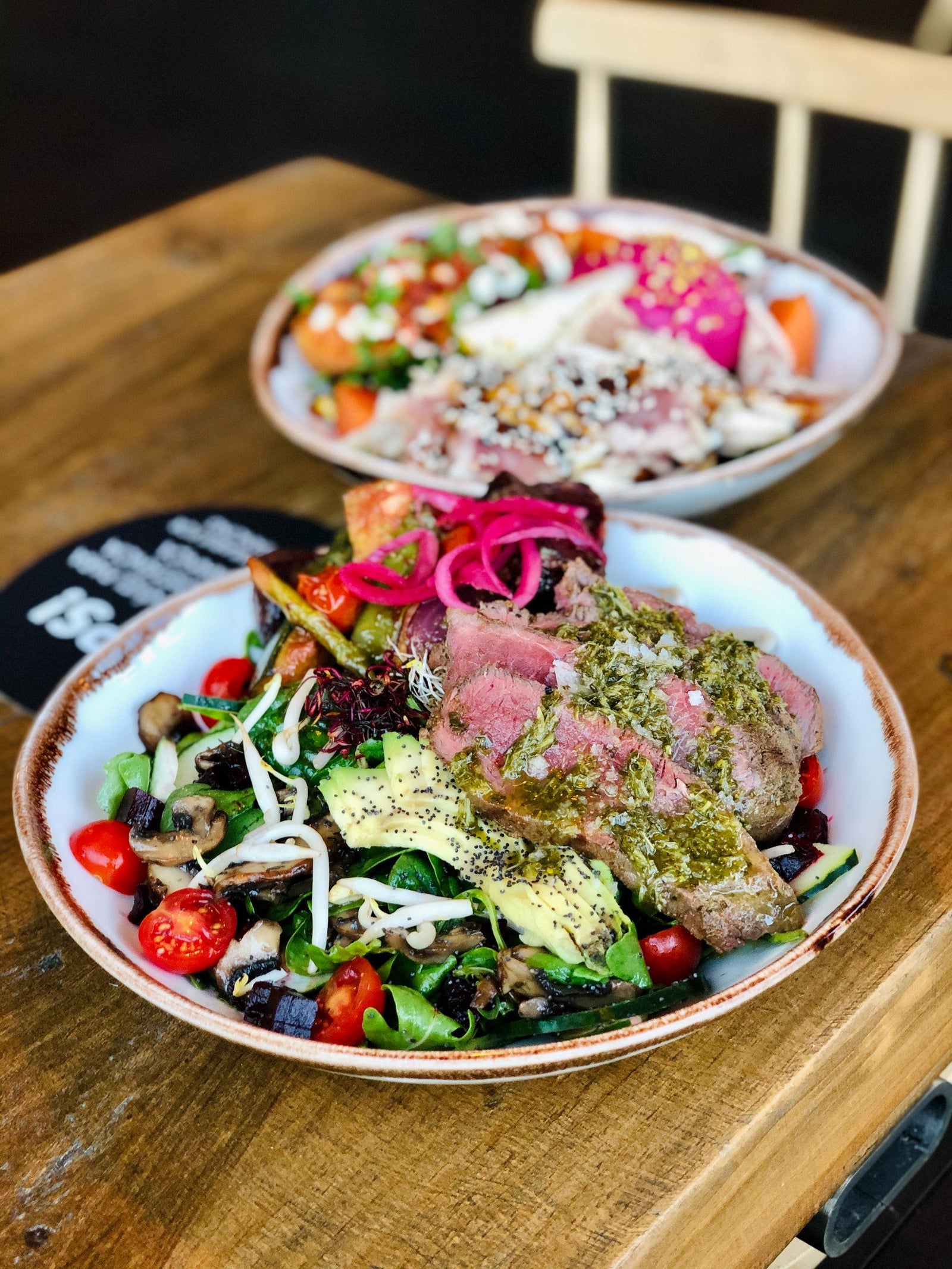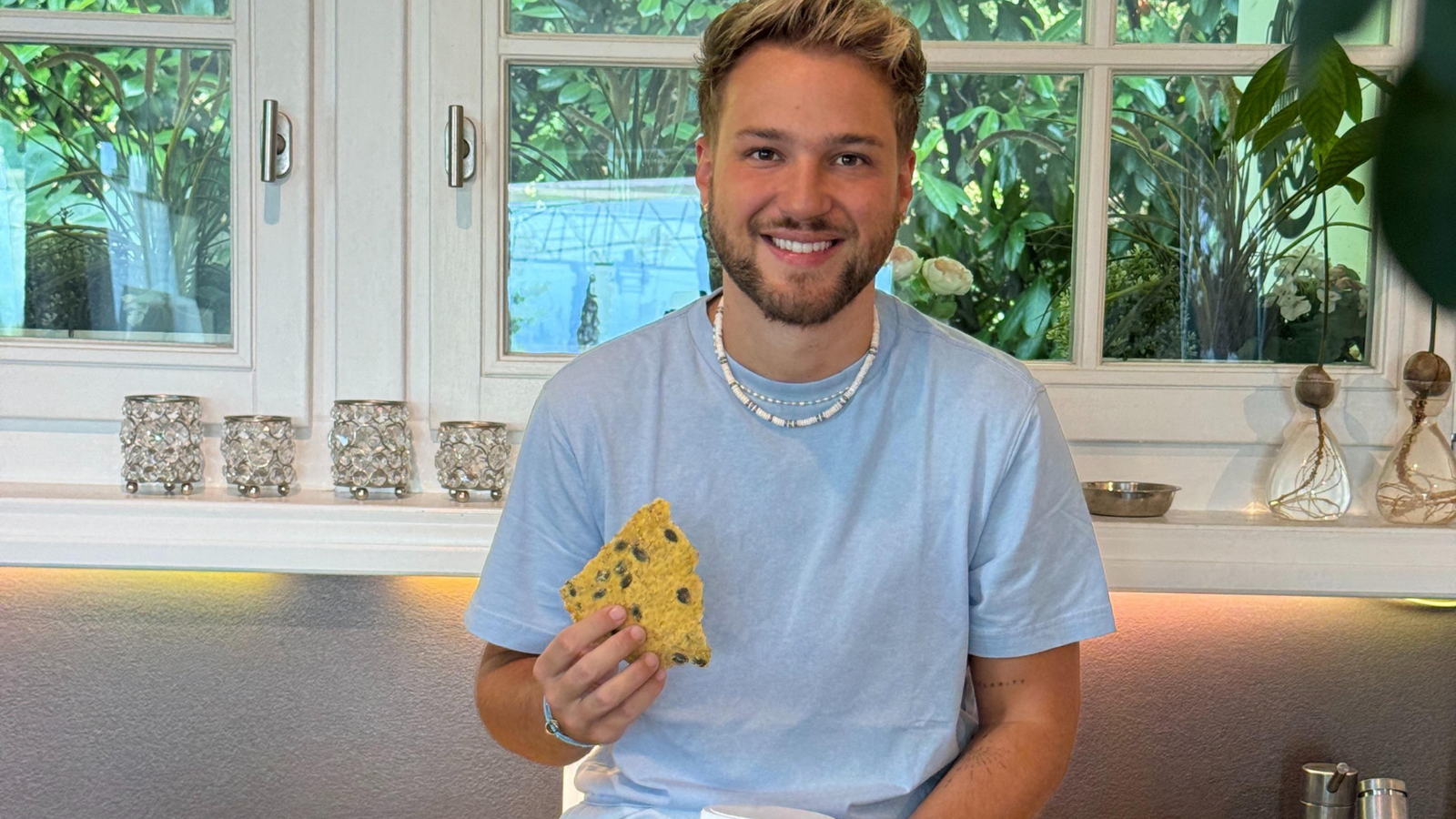Originally, I was looking for a diet that would help me to change my diet so that I could have fun without counting points: a consistent, clear concept. After my pants gradually became too tight and I generally didn't want to see a 9 on the scales at the beginning, I decided to do something about it.
What is Paleo?
Paleo didn't mean anything to me at first, but I had heard of the Stone Age diet before.
The term Paleo comes from Paleolithic, i.e. the Old Stone Age. This form of noble nutrition imitates the original diet of hunter-gatherers. Good quality food and sustainabilityare important. Paleo considers our evolutionary origins, which should naturally keep us healthy and fit.
Today, most of the food we eat in the western world is processed, resulting in many diseases and, increasingly, obesity. Paleo focuses on the form of nutrition that has worked for millions of years and has kept us healthy. This is not about military austerity, but about a change in diet based on modern scientific findings.
The benefits of Paleo
is designed to help the body with the following problems:
- lack of energy
- poor sleep
- high blood pressure
- blemished skin
- concentration problems
- Depressive moods
- Digestive and intestinal problems
- weight problems
- Weak immune system
- Poor blood sugar
- Allergy symptoms
- inflammation
What foods are allowed on the Paleo diet?
Foods that areunprocessed and rich in nutrients are allowed , such as
- Vegetables
- fruit
- Nuts & seeds
- Meat & fish
- eggs
- healthy fats
As I love eating meat, I was immediately convinced. But the list of things to avoid was not without its challenges. The main foods to avoid were those that only came into human life after the development of agriculture and animal husbandry (around 10,000 years ago), such as:
- sugar
- cereals
- potatoes
- Rice or pasta
- dairy products
These have potentially unfavorable antinutrientsand are not well tolerated by the human gut. They also include highly processed vegetable fats, pulses and artificial additives.
Preparing for my Paleo diet
I quickly realized when shopping that fresh food is not always a bargain, especially fish. However, omega-3 fatty acids are very important here. So I supplemented, i.e. I took omega-3 capsules every day. On the one hand, this ensured my supply and on the other, I saved some money in the long term. It is also recommended to supplement with vitamin D3 drops from Arktis BioPharma.
I had also read in advance about possible side effects such as headaches and tiredness due to the change in diet. I was spared headaches, but I quickly realized how addicted my body, or rather my brain, is to sugar. I already find it difficult to eat less sugar in general, but even more so to stop eating sugar altogether. I constantly wanted at least something sweet to drink or, especially in summer, I eat an ice cream almost every day. But I wanted to persevere.
So to counteract this, I now drink 3 to sometimes almost 5 liters of water a day. I was also often in a bad mood between meals because I was so hungry.
My daily routine with Paleo
I went to bed every day at around 11 p.m., because to live according to Paleo you should sleep for at least 7 hours: the first measure against stress. My alarm usually went off at 7:15 a.m. and then I got ready as usual.
The food was always left over from the night before because I cooked in advance. I had various berries, a nectarine, walnuts and a fig for breakfast. My working day started at 8:00 am. I then drank a bottle of water (0.7 l) until lunchtime.
I ate lunch at 12.30 and tried to pace myself so that my feeling of fullness lasted longer. I then drank at least one more bottle of water until the end of work at 17:00 to counteract my hunger for ice cream.
After work, I did the housework or cooked depending on the time. I didn't have a meal before football training, as I was only supposed to eat after the physical exertion. However, I ate a banana and cheated with dark chocolate (at least 72% cocoa), otherwise I would have keeled over at the beginning of training.
I then took another 1.5-liter bottle of water with me to training. Training started at 19:30 and ended around 21:00. Afterwards I showered, drove back home and prepared food.
As you can see, it's actually quite a hectic daily routine that requires a lot of energy. But this is also important when changing your diet or going on a diet: you need to become more mindful and mentally aware of your body and the food you eat as much as possible.
My Paleo successes

The change affected my everyday life and daily routine so much that I was really in doubt. Initially, I lacked energy when training, was in a bad mood between meals, had no beer or ice cream and spent more on shopping.
But after 15 days, which is actually halfway through my planned 30-day challenge, I can list the following successes:
- 5 kg less
- No feeling of fullness after eating
- Increased energy during sport
- Improved general well-being
- fit into all my clothes without any problems
Before, when I ate fast food, I wanted to go straight to bed afterwards because I was so exhausted from eating it.
My goal now is no longer to get through the 30 days, but to get down to just under 80 kg at a height of 1.83 m.
You really have to change your life for a complete paleo diet and sometimes dig deeper into your pockets for high-quality food. Changing previous eating habits, low-carb and without junk food or sugar, is probably the most difficult part.
Paleo diet recipes
A typical, filling paleo meal would be a steak with vegetables or fried fish with salad, for example. The following recipes can also fit into a Paleo meal plan:
- Walnuts, Brazil nuts, almonds, hazelnuts, cashews
- Dried fruit such as apricots
- Blueberries, blackberries, raspberries
Have you also had positive experiences with changing your diet? Then write in the comments, we look forward to any feedback! And if you are interested in the products Omega-3 natural (fish oil) and Vita D3, please visit the Arktis Shop Germany if you live in the EU and the Arktis Shop Switzerland if you live in Switzerland.




